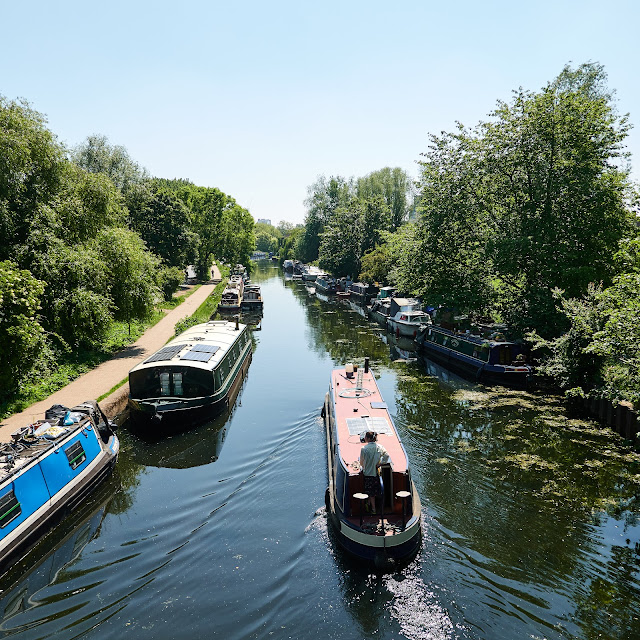The Lea Valley walk crossed the Greenway on multiple occasions so it seemed a good idea to complete the walks in this part of London by including it.
I've encountered the Greenway before the Lea Valley walks, in particular on leaving the Olympic Stadium after the amazing Paralympics Closing Ceremony and later to get to / from the Abbey Mills pumping station when exploring Bazalgette's sewage system, as blogged here.
The close proximity of the Greenway with the Abbey Mills pumping station is not a coincidence. The old name for this route was the Sewerbank, as it basically is build on top of huge sewers taking waste down to the Beckton Sewage works. As well as Bazalgette's sewers, underneath that there's the new Lee Tunnel, part of the Thames Tideway project.
Must admit I found it a bit boring, as most of the time it was an almost dead straight line, like those roads in the desert, but rather than dramatic desert scenery there were housing and industrial estates on either side.
At one point there was an observation point, and I wondered what vista I would see, for apparently Gandhi when he came to London used to walk the Sewerbank and he "enjoyed the elevated view the bank offered".
But in this case the view turned out to be another industrial estate - plus of course the path itself:
High spots were mostly at the start, including an old pillbox, the Lee Navigation and the Abbey Mills pumping station:
The original plan had been to end at either Beckton or Gallions Reach DLR stations, but the route had been so boring that I decided to extend it to Woolwich North and take a ferry then Thames Clipper for the scenic route home...
The keen eyed might spot that the structure above was blogged about previously during the Erith to Greenwich walk back in 2014 when Boris was London's Mayor.



















































